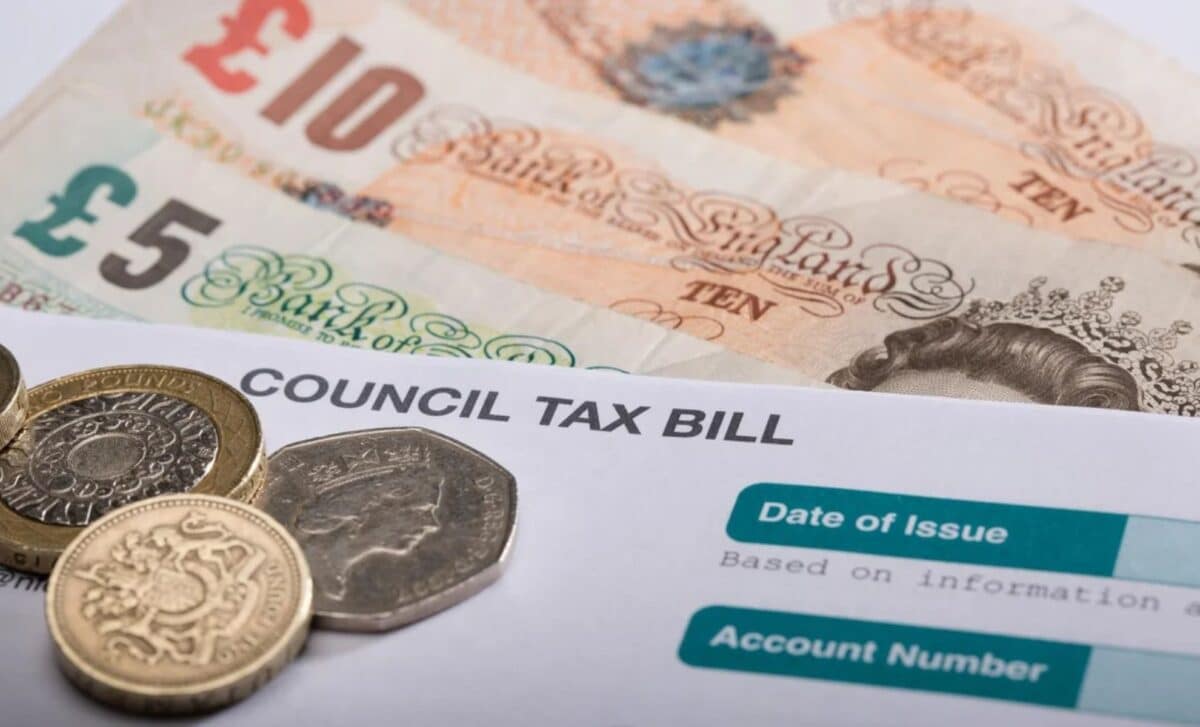Households in 28 areas of England face council tax bills exceeding £3,000 annually. Rutland tops the list, with a projected Band D bill of £3,221, according to the TaxPayers’ Alliance.
Rising council tax rates are drawing scrutiny following revelations that dozens of local authorities across England are preparing to increase annual charges to historically high levels. At the heart of the issue is the growing financial strain on councils, coupled with the UK government’s decision to allow certain increases without mandatory public votes.
The forecasted hike has raised concerns over affordability, transparency and regional fairness. Local authorities point to escalating demands on services, while critics argue the increases disproportionately affect households already grappling with high living costs.
Council Tax Bills to Exceed £3,000 in Multiple Regions
According to data from the TaxPayers’ Alliance, 28 local authorities in England are on track to charge households over £3,000 a year in Band D council tax by 2030. Rutland is expected to see the highest annual bill, at £3,221. Other affected areas include :
- Nottingham
- Dorset
- Gateshead
- Bristol
- Lewes
- Wealden
- Newark
- Sherwood
- Hastings
- Oxford
- West Devon
- Liverpool
- Rother
- Durham
- Cornwall
- Eastbourne
- Bassetlaw
- Walsall
- Rushcliffe
- Hartlepool
- Broxtowe
- Reading
- Ashfield
- Gedling
- Pendle
- Middlesbrough
- Mid Devon
- Mansfield
The Ministry of Housing, Communities and Local Government clarified that while councils are responsible for setting their own tax rates, safeguards remain in place. “That’s why we are maintaining a referendum threshold on council tax rises, so taxpayers can have the final say and be protected from excessive increases.” a spokesperson said.
The figures have reignited debate over fiscal policy and regional funding inequalities. Although local authorities have some flexibility, the disparity in council tax revenue across regions remains a point of contention, especially where higher taxes do not equate to higher funding or service quality.
Councils Cite Funding Gaps and Demand Pressures
A spokesperson from the Local Government Association (LGA) attributed the planned increases to “severe funding shortages and soaring cost and demand pressures on local services.” They highlighted that councils are faced with “tough choices” to maintain essential services amid rising inflation and increased service use, particularly in adult social care and housing.
The LGA also criticised the structure of council tax, which raises varying levels of income depending on property values and local demographics.
“However, while council tax is an important funding stream, the significant financial pressures facing local services cannot be met by council tax income alone. It also raises different amounts in different parts of the country – unrelated to need,” the spokesperson stated.
Calls for reform have intensified, with demands for a more needs-based funding model in the upcoming spending review. Without broader changes, experts warn that uneven taxation could deepen regional disparities and limit access to public services in lower-income areas.
The list of councils affected includes both urban and rural areas, reflecting a nationwide issue rather than isolated cases.









